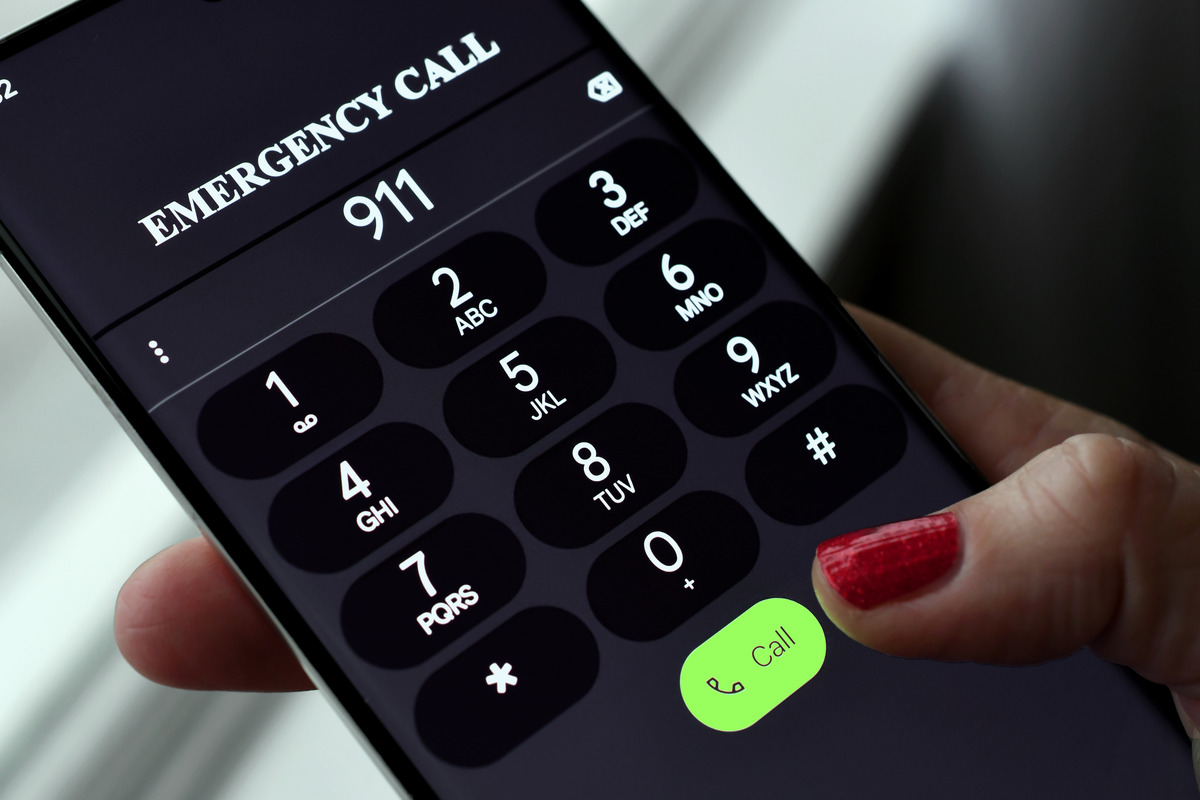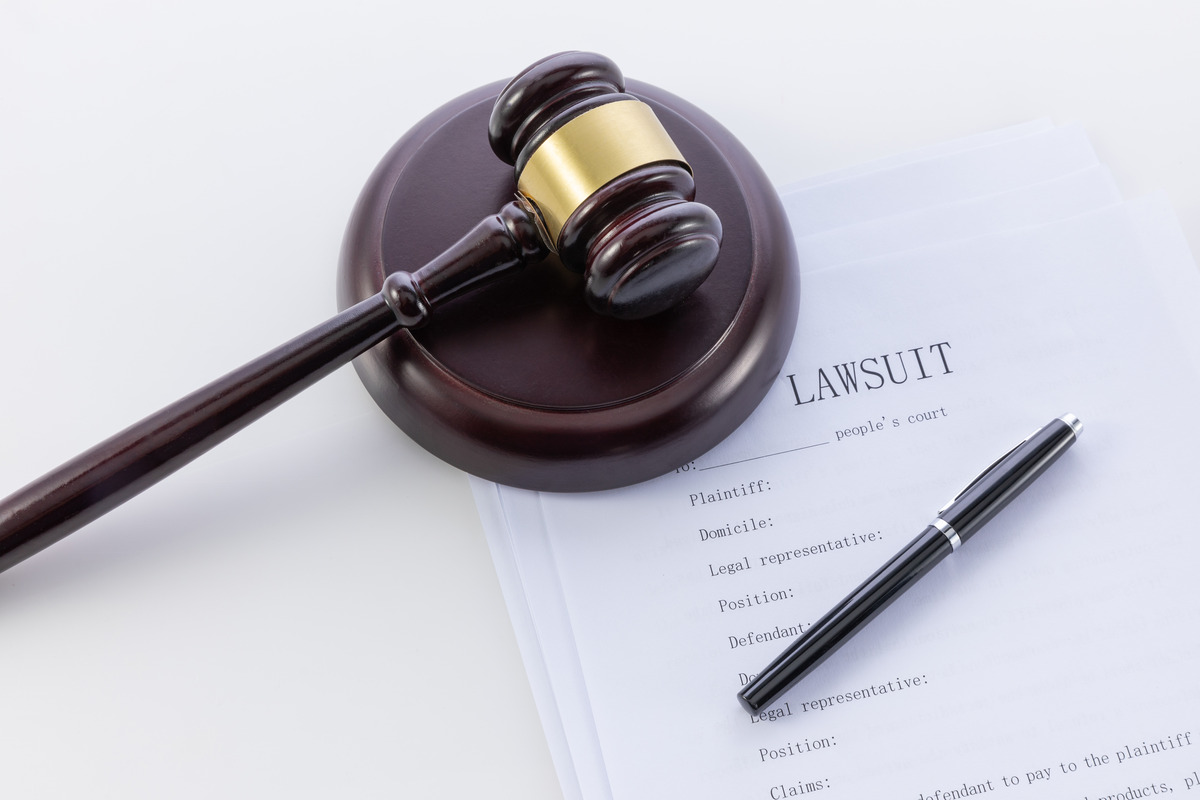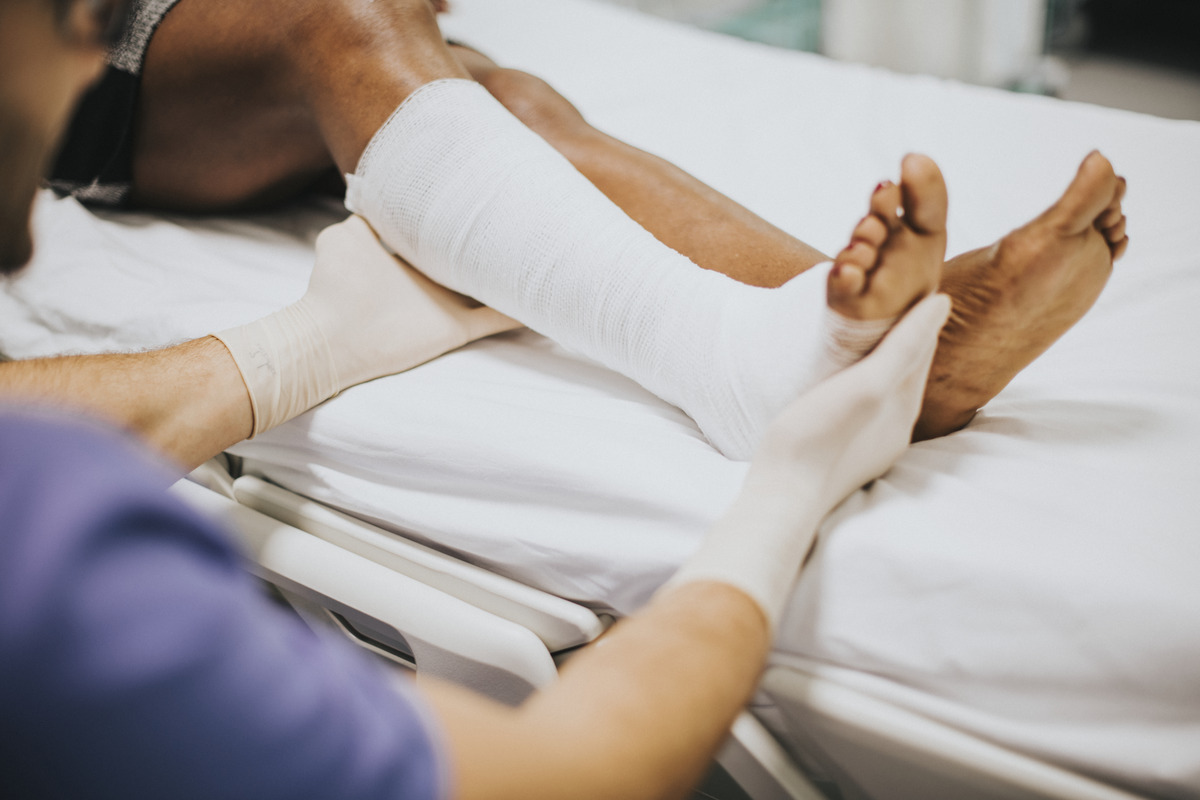How to File a Claim for Injuries in a Ride-Sharing Accident
Welcome to our comprehensive guide on how to file a ride-sharing accident injury claim. In this article, you will learn about the steps to take immediately after an accident, the legal complexities involved, and how to protect your rights for fair compensation.
Table of Contents:
- Introduction: Understanding Ride-Sharing Accident Injury Claims
- Immediate Steps to Take After a Ride-Sharing Accident
- Key Factors in Establishing Liability
- Filing Your Ride-Sharing Accident Injury Claim
- Statute of Limitations and Legal Deadlines
- Maximizing Compensation: Factors to Consider
- The Importance of Hiring a Legal Professional
- How Roxell Richards Law Firm Can Help You
- Conclusion
Introduction: Understanding Ride-Sharing Accident Injury Claims
Ride-sharing services have revolutionized the way we travel. Whether it’s Uber, Lyft, or another similar platform, these services offer convenience, speed, and in many cases, lower costs. However, accidents can happen. If you or someone you love has been hurt while using a ride-sharing service, you may be entitled to financial compensation through a ride-sharing accident injury claim.
A ride-sharing accident occurs when a vehicle operating under a ride-sharing service is involved in a collision or other incident that results in injury. These accidents can be caused by multiple factors, including driver negligence, distracted driving, faulty vehicle maintenance, or even hazardous road conditions. Filing a compensation claim can be more complicated than filing a standard car accident claim because of the specific insurance policies and legal responsibilities involved. That’s why it’s crucial to understand the basics of ride-sharing accidents, the legal aspects that govern them, and the steps to file a solid claim.
In the following sections, we’ll explore what you must do immediately after a ride-sharing accident, how liability is determined, and the crucial steps in preparing your ride-sharing accident injury claim.
Immediate Steps to Take After a Ride-Sharing Accident

- Check for Injuries and Call 911: Your health and safety are the top priorities. If you or anyone else is injured, call emergency services immediately. Make sure to request medical help even if your injuries seem minor; some conditions show up later.
- Document the Scene: If you can, use your phone to take pictures and videos of the accident site, including vehicle damage, road conditions, traffic signs, and any visible injuries.
- Exchange Information: Gather the names, driver’s license numbers, contact details, and insurance details of all involved parties. If your driver is operating a ride-sharing vehicle, note which service they work for during the accident.
- Collect Witness Statements: If there are witnesses, ask for their names and contact information and, if possible, request a brief statement. These can be invaluable later if there is a dispute over what happened.
- Contact Your Insurance Company: Notify your insurance company as soon as possible. While you may file a claim through the ride-sharing company’s insurance, your insurer should still be informed if complications arise.
Key Factors in Establishing Liability

- The Ride-Sharing Driver: If the driver was negligent or distracted, they may bear full or partial responsibility.
- Another Driver: If another driver caused the accident, you may file a claim against that individual’s insurance.
- Ride-sharing company: In specific circumstances, the company can be held responsible, especially if its driver was on the clock or if it failed to enforce its safety policies.
- Vehicle Manufacturer or Mechanic: The manufacturer or mechanic could be liable if a mechanical defect or poor maintenance caused the accident.
Filing Your Ride-Sharing Accident Injury Claim
Once the accident’s immediate aftermath has passed, the next step is formally initiating your ride-sharing accident injury claim. Here’s a breakdown of the process:
1. Gather and Organize Evidence
Collect all documents related to the accident, including police reports, medical records, photographs of injuries and vehicle damage, witness statements, and pay stubs (to prove lost wages). Having these documents in one place will make it easier to present a cohesive case.
2. Notify the Appropriate Insurance Companies
-
- The ride-sharing company’s insurance
- The individual driver’s insurance
- Your auto insurance (in some cases)
- Another at-fault driver’s insurance
It is vital to ensure you notify all relevant parties promptly. Delays in notification can be used against you to reduce or deny your claim.
3. Consult an Attorney
While you can initiate a claim independently, ride-sharing accident claims can get complex questions about multiple insurance policies, coverage limits, and shared liability might exist. Having an attorney can ensure you do not overlook critical details.
4. Negotiate a Settlement or File a Lawsuit

5. Complete the Legal Process and Collect CompensatiYou’ll be awarded compensation if
Statute of Limitations and Legal Deadlines

When considering a ride-sharing accident injury claim, keeping an eye on statutory deadlines is critical. Each state (or jurisdiction) limits how long an injured party has to file a lawsuit after an accident. Failing to meet these deadlines means losing your right to pursue compensation altogether.
These deadlines generally range from one to four years, depending on the nature of the claim and local laws. However, certain factors, such as injuries involving minors or a government entity, can modify the usual time limits. That’s why it’s wise to consult an attorney as soon as possible to determine which deadlines apply.
Maximizing Compensation: Factors to Consider
Receiving fair compensation in a ride-sharing accident injury claim depends on various factors. Whether you’re negotiating an insurance settlement or presenting your case to a judge or jury, the following play a significant role in determining the amount awarded:
- Medical Expenses include hospital bills, doctor visits, medication, physical therapy, and any specialized treatment.
- Lost Wages: If your injuries prevent you from working, you can claim compensation for the income lost during your recovery, including potential future earnings if your injuries impact your capacity to work.
- Property Damage: Any damage to your personal belongings—especially if you carry valuable items like electronics—may be factored into your settlement.
- Pain and Suffering: This is a non-economic form of damage that aims to compensate you for your emotional and physical pain.

- Future Medical Costs: If your injuries require ongoing or long-term care, you should account for those expenses in your claim.
- Contributory or Comparative Negligence: In some jurisdictions, if you share any degree of fault for the accident, the total amount of compensation you receive could be reduced.
The Importance of Hiring a Legal Professional
While it is possible to file a ride-sharing accident injury claim independently, the complexities of insurance policies, corporate structures, and legal protocols can be overwhelming. An attorney who specializes in personal injury—particularly ride-sharing accidents—can be invaluable in helping you:
- Interpret Policy Details: Ride-sharing companies often have tiered coverage depending on whether the driver was “on duty.”
- Negotiate with Insurers: Insurance adjusters are trained to reduce or deny claims. A seasoned lawyer knows how to counter their tactics.
- Gather and Present Evidence: From hiring accident reconstruction experts to coordinating witness testimony, a legal professional can streamline the process.
- Represent You in Court: If negotiations fail and you must file a lawsuit, an experienced trial lawyer is crucial.
How Roxell Richards Law Firm Can Help You
At Roxell Richards Law Firm, we’ve dedicated ourselves to championing the rights of accident victims, including those hurt in ride-sharing accidents. Our team understands the unique challenges of filing a ride-sharing accident injury claim, from investigating corporate insurance structures to negotiating with multiple parties. Here’s what you can expect from us:
- Personalized Attention: We treat every client like our only client, ensuring you receive the dedicated service and empathy you deserve.
- Expert Legal Strategy: Our legal team has extensive experience in personal injury litigation, including ride-sharing accidents, so we know how to navigate complex cases efficiently.
- Resources and Network: We collaborate with medical experts, accident reconstruction specialists, and financial analysts to build a strong case on your behalf.
- No-Fee Guarantee Unless We Win: We take cases on a contingency fee basis, meaning you don’t pay unless we secure a favorable settlement or verdict.
- Open Communication: We inform you at every step, ensuring you understand your legal options and potential outcomes.
Conclusion
Filing a ride-sharing accident injury claim doesn’t have to be a daunting process. Taking the proper steps immediately after the accident, documenting the necessary evidence, understanding liability, and working with a trusted legal professional put you in the strongest position to pursue fair compensation.
Don’t wait—each day that passes can affect your legal options and the overall success of your claim. If you or a loved one has been injured in a ride-sharing accident, contact us at Roxell Richards Law Firm today. Our dedicated team is ready to provide a free consultation to discuss the specifics of your case and guide you on the path to recovery and justice.
Contact Roxell Richards Law Firm today for a free consultation. Let our experienced attorneys handle the legal details so you can concentrate on getting your life back on track. We’re here to fight for you and ensure you receive the compensation you deserve.
Roxell Richards Injury Law Firm
Houston, TX z7057
Phone: (713) 974-0388
Fax: (713) 974-0003
